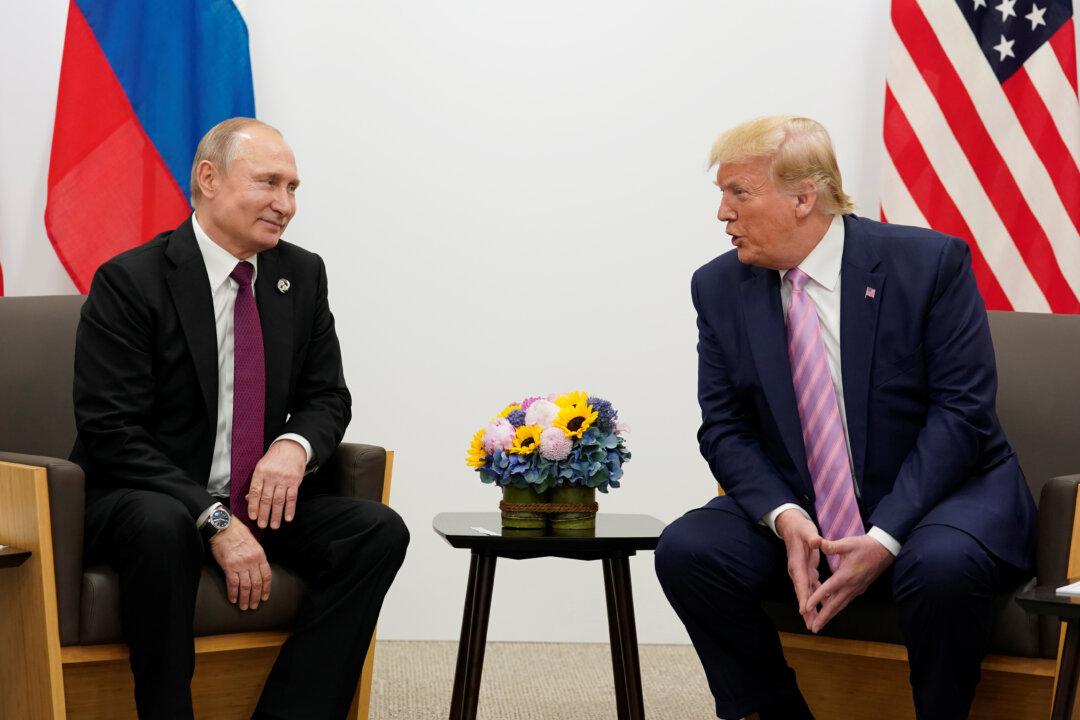In these unprecedented times, we’re seeing radical changes in everything from the stock market, to oil prices, to toilet paper purchasing habits that are all a result of a global pandemic that’s shaking the country to its foundations.
Unfortunately, the side effects of the pandemic are much worse than the disease itself.
Wall Street is a prime example. As a bellwether of how investors feel about the future, Monday’s nearly 3,000-point drop in the Dow painted a stark picture of where markets will likely be heading at least for the short term.
The accompanying volatility is whipsawing markets almost daily. According to Yahoo Data, the Dow has gone up or down by 1,000 points or more for seven straight days, and 11 times total in the last month. Clearly, optimism is in short supply and fear is the overwhelming force driving the market.
Sure, Tuesday’s 1,048-point gain is positive, but so what?
It’s more likely in response to the possibility of a $1 trillion-dollar bailout than it is from optimism about the future of the economy. That level of volatility has got to stop. It’s much worse than it needs or ought to be.
This is especially true in light of the fact that, according to Dr. Drew Pinsky, in a bad flu season, up to 80,000 people will die in the United States. This season, we’ve only seen about 18,000 deaths—so far. Contrast that death count with the 100 or so deaths of Americans from COVID-19. It’s not even close. Why the panic?
How Long Will This ‘New Normal’ Last?
Of course, that’s because in 2008, as the global financial system was freezing up with debt, the Federal Reserve bailed out many of Wall Street’s biggest banks to the tune of hundreds of billions of dollars.Our nation’s central bank would continue to pump money into the system for the next seven years or so, before reversing itself. Now, with the coronavirus outbreak in the United States, we’re back to the bailout levels of 2008 all over again.
And yet, the shock factor also feels quite similar to the post-9/11 era as well. The empty streets and quiet panic that the nation felt then is, unfortunately, back among many of us as well.
As people used to say in the days immediately following the 9/11 attacks, is what we’re seeing now the “new normal?”
Estimates Say U.S. GDP to Plunge 10 Percent
For example, according to Ian Shepherdson, chief economist at Pantheon Macroeconomics, the GDP dropping by 10 percent in the second quarter on an annualized rate is a real possibility.Given the steep drop in consumer spending, the business closures, and a growing lockdown that’s expected to continue into the second quarter, how could it not?
Stop the Gloom and Doom Talk
Within a matter of weeks, the coronavirus pandemic has turned the U.S. economy into something almost unrecognizable. The empty city streets, vacant grocery stores, and shuttered businesses and restaurants have cast an eerie pall over everyday life.What’s more, those official government pronouncements broadcast across news channels every morning, announcing what the federal government will be taking control of next, is disconcerting, to say the least. It makes one feel as if one were living in the old Soviet Union rather than in the greatest capitalist economy on the planet.
There’s nothing normal about what’s going on with the economy, and that’s what scares some of us much more than the coronavirus. The federal takeover of virtually every aspect of how we do business, determining whether one’s store or office stays open or closed, and even how we conduct our social lives, is contrary to the American way of life, not to mention our constitution.
The real shortage in America isn’t toilet paper, but rather, common sense leadership. And the Draconian measures from Washington, D.C., aren’t helping either. Overreaction and institutional panic are driving the economy and the country southward. It’s as if we’re being herded over a cliff of fear, doubt, and uncertainty by the constant emissions of doom and gloom from every media source possible.
That in itself becomes self-fulfilling.
And yet, there’s positive news to talk about as well. For example, the key thing to keep in mind about this pandemic is that it’s, in fact, a temporary situation. It passes through a country over the course of a month or two and people get over it.
More to the point, some nations are successfully handling the pandemic without shutting down their entire social and economic framework. They aren’t being talked about much, but they should be. Unfortunately, it doesn’t appear that the protocols from Taiwan or Hong Kong are being seriously considered as policy options.
Of course, Wall Street will likely get its billions or even trillions at some point. Meanwhile, the rest of the nation has the vapors, and finds itself in some version of a Kafkaesque metamorphosis, where we’ve shed our freer selves and embraced the lesser human spirit that remains—less American, less free.
So, is it 9/11 or 2008 again on Wall Street?
The popular answer, of course, would seem to be “Yes.”
But it’s not.





